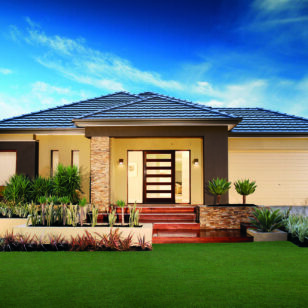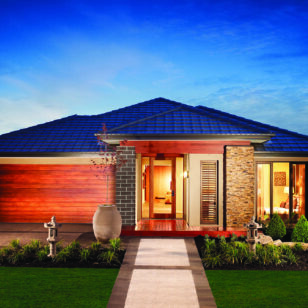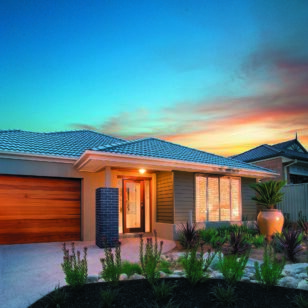The Case Studies
Thermal performance of roofing materials is a critical factor in energy consumption
Back to allAccording to the Australian Greenhouse Office, 39% of household energy costs come from heating and cooling the home.
Designing and constructing a house that maintains a steady temperature without the need for artificial heating and cooling, can dramatically reduce the amount of energy the household consumes, thereby reducing carbon emissions. It also confirmed that the choice of roof material can have a significant bearing on household energy expenditure through its impact on the internal temperature of the home.
You can save money on electricity and gas by choosing a building material that increases your home’s energy efficiency by naturally maintaining comfortable temperatures. Roof insulation, ventilation and sarking are three important components for reducing energy usage and maintaining comfortable living temperatures in the home. These three components work together as part of a roof system to take advantage of the local climate and reduce the impact of external temperature fluctuations, thereby minimising the need for artificial heating and cooling.
An investigation into the thermal performance of common roof materials by the Roof Tile Association of Australia at the University of Newcastle found tiled roofs significantly outperformed metal roofing in reducing cooling energy consumption in hot climates.
The effective use of insulation can help maintain a steady internal temperature in the home all year round. In summer, insulation helps prevent unwanted heat from entering the living space through
the roof cavity, while in winter insulation can reduce heating requirements by helping prevent the escape of natural heat build-up through the roof cavity. Insulation effectively acts as a barrier between the roof space and internal living areas.
The benefits of using insulation, sarking and ventilation are sometimes underestimated, but time and again they have been proven to have an integral effect in maintaining a stable temperature in the home. An effective roof system is crucial to minimising energy consumption within the home.






